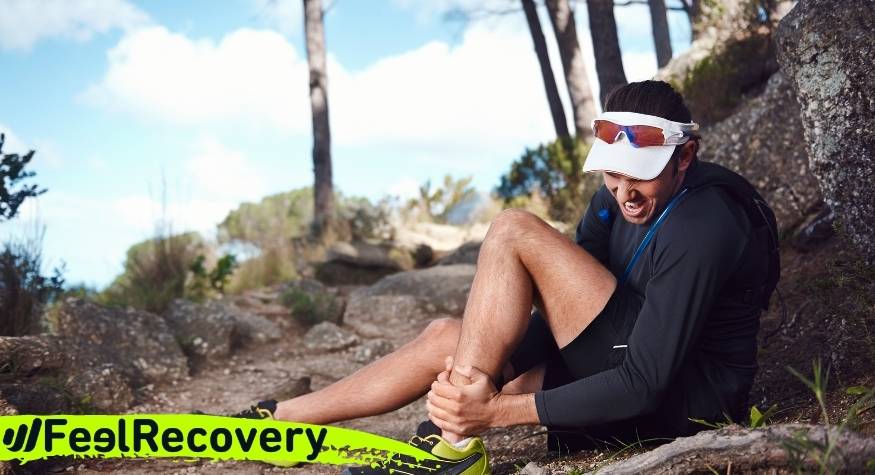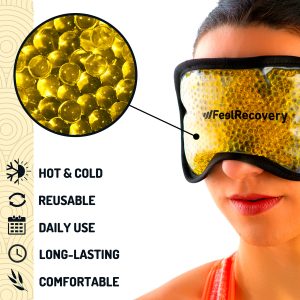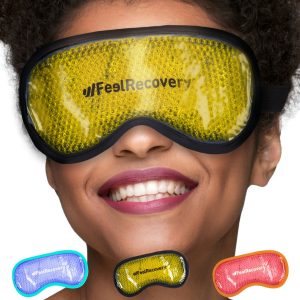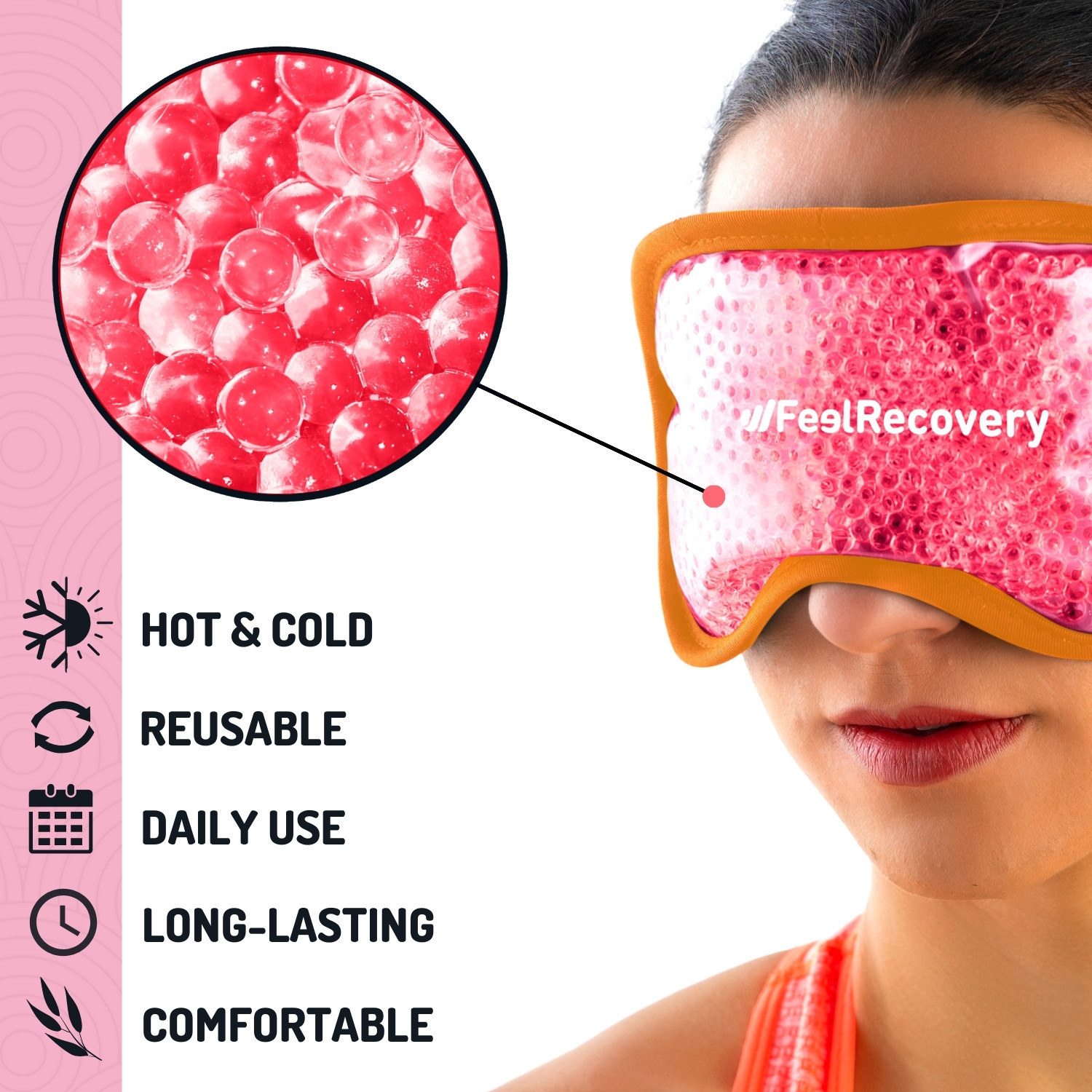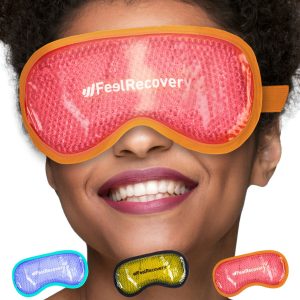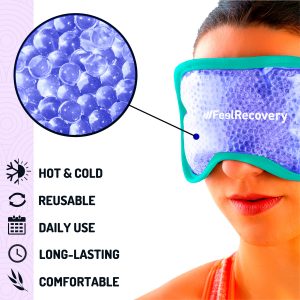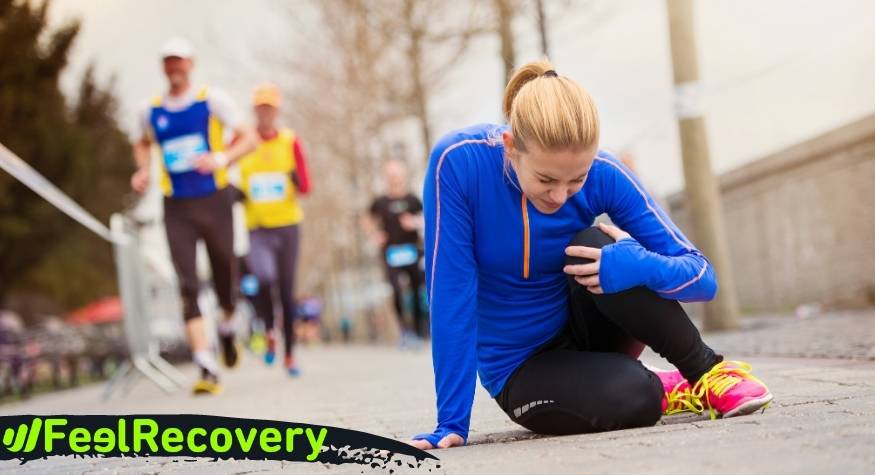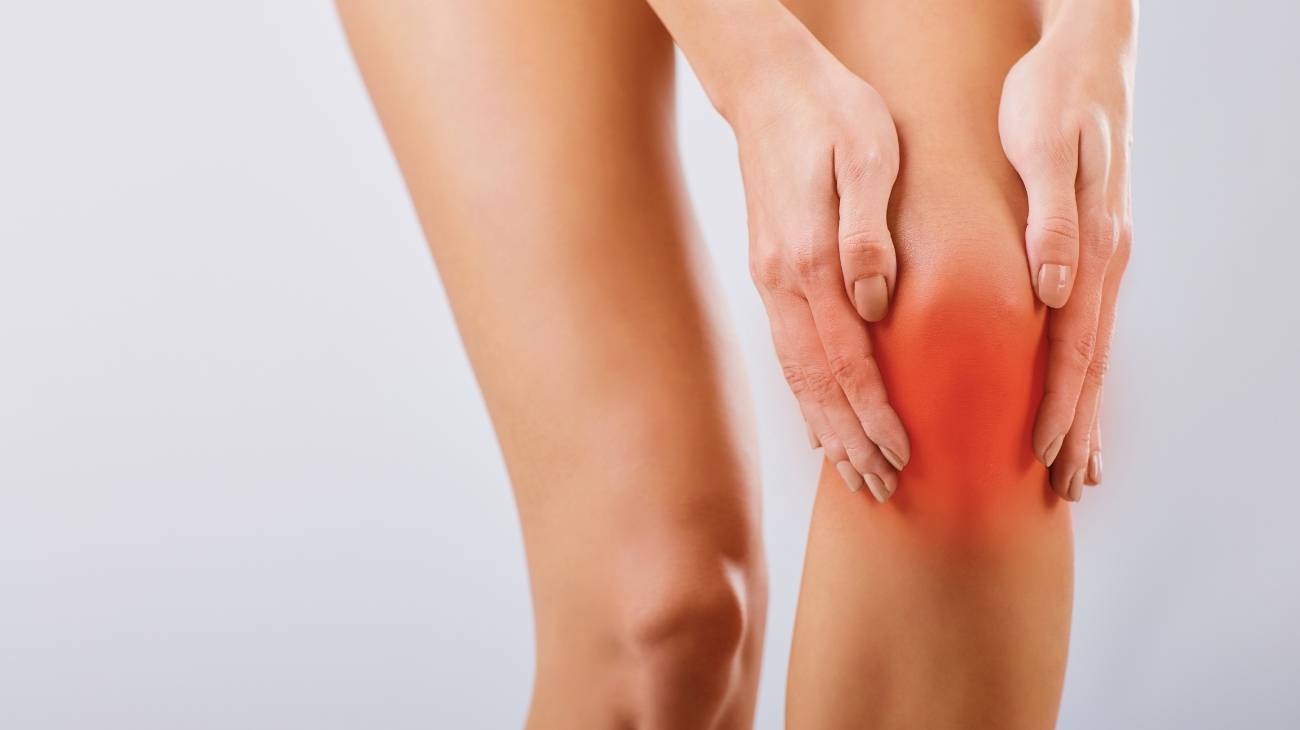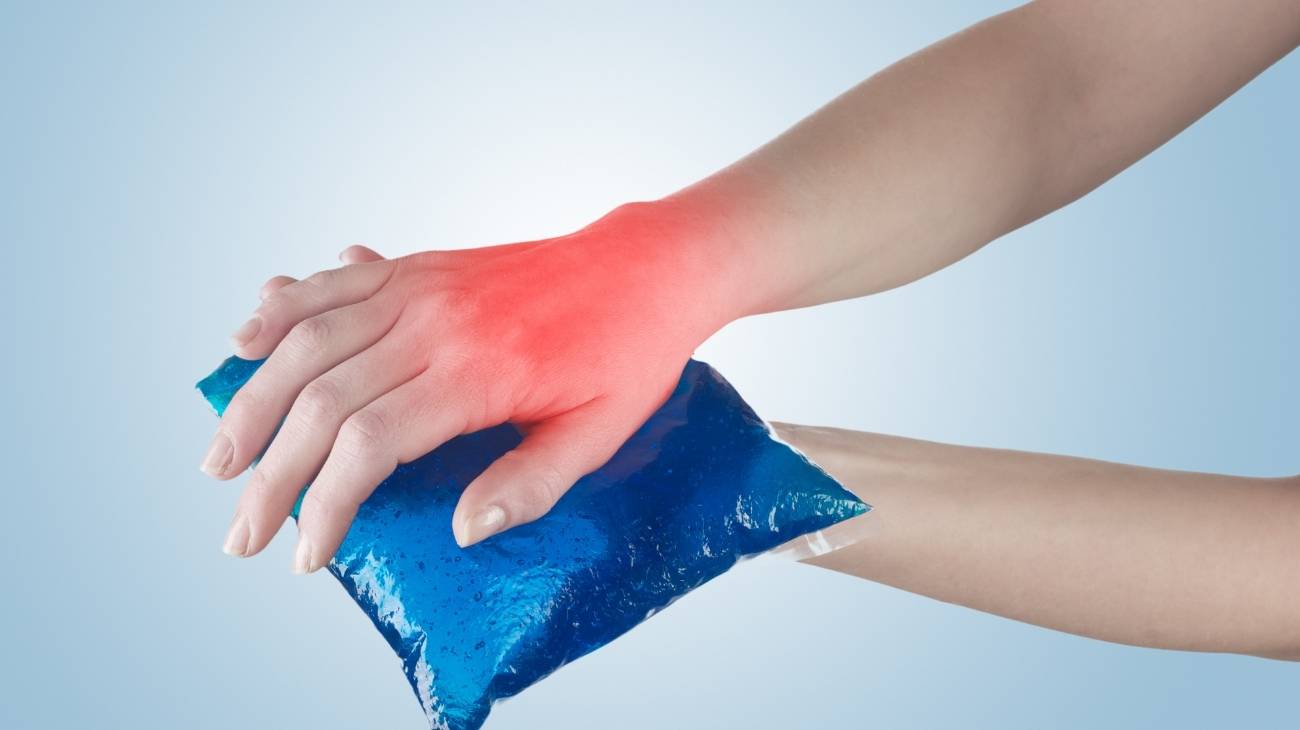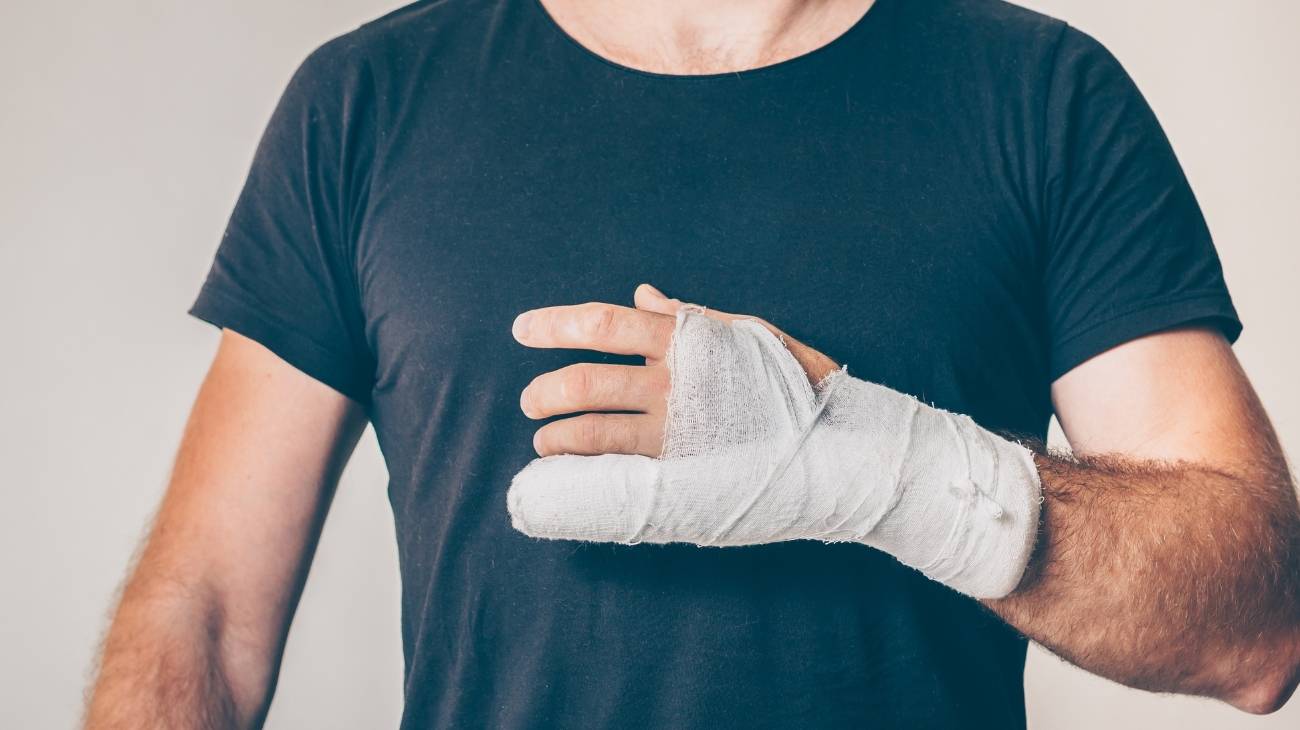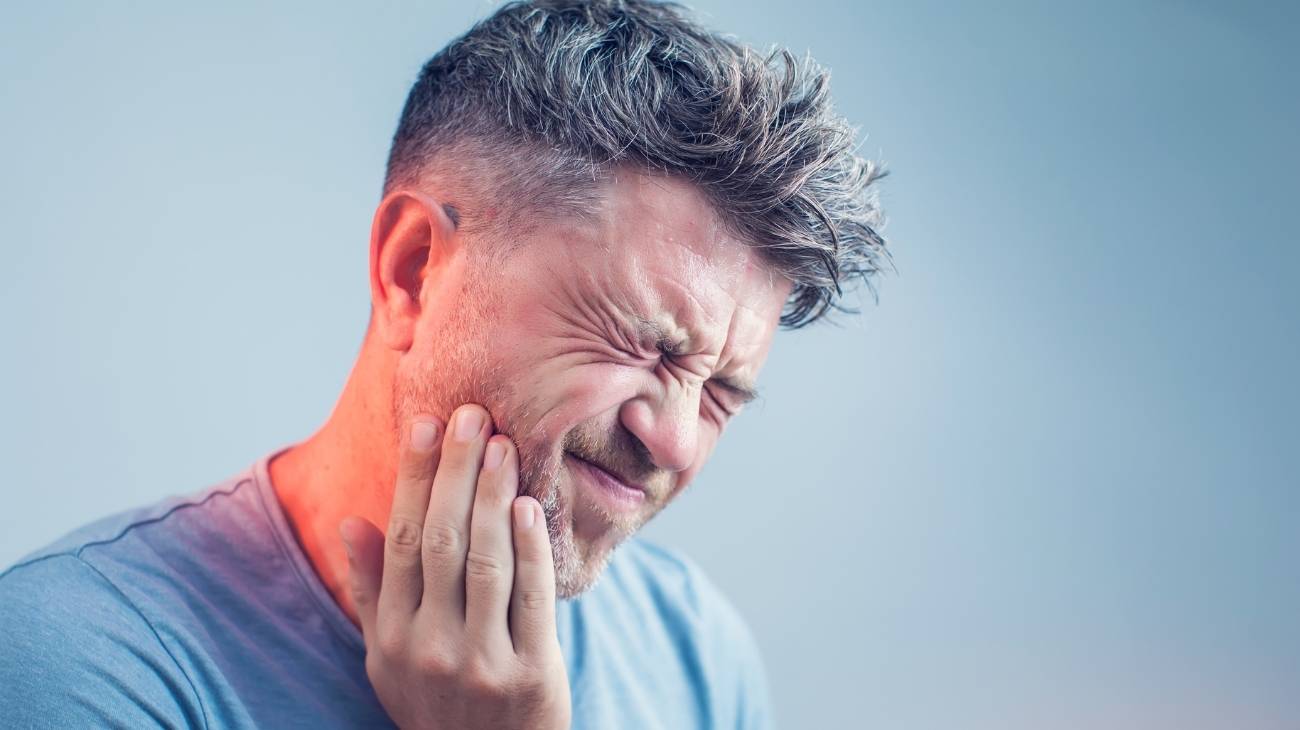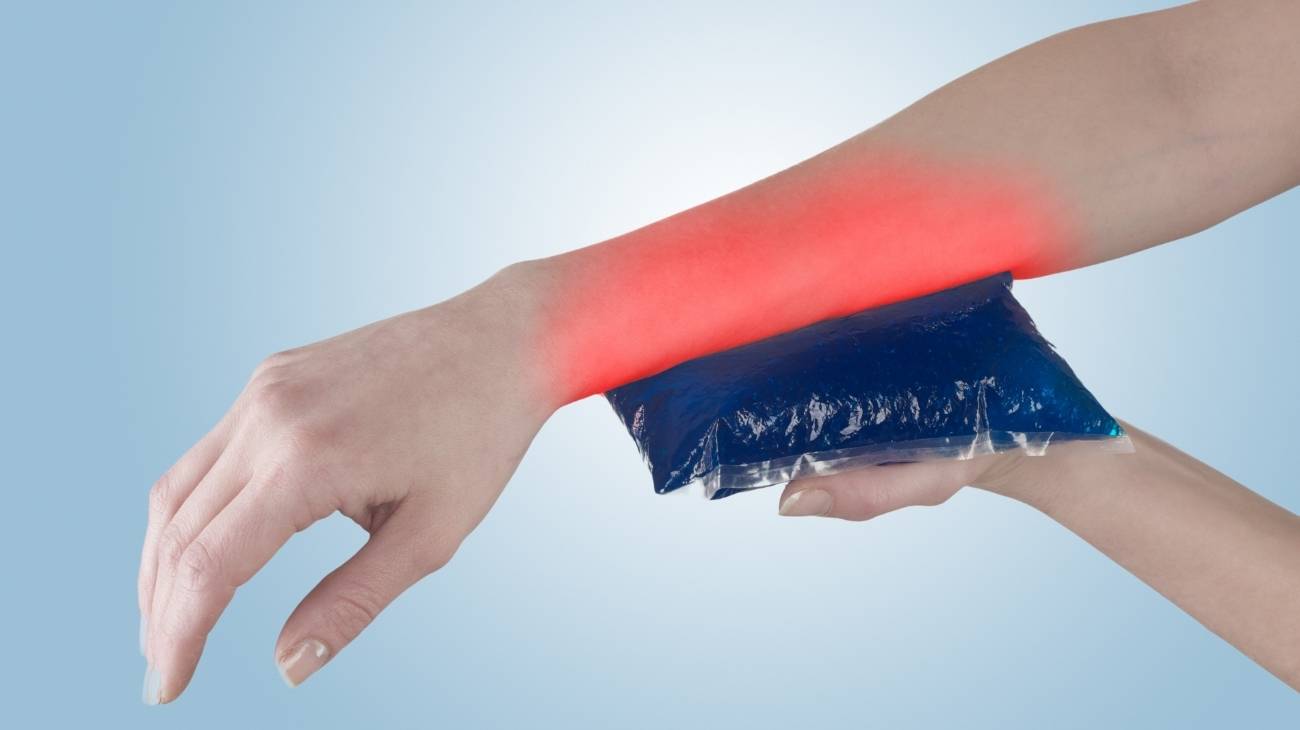When practising any sport there is an inherent risk of injury, and athletics and running are no exception. To give you an idea, in this post we will talk about the main sports injuries suffered by runners and athletes.
Cryotherapy and thermotherapy are key in the treatment of these traumas. Fortunately, today we will tell you when to apply cold or heat depending on the injury to be treated. In addition, we will teach you how to use hot/cold gel packs to treat sports injuries of runners and athletes successfully. Let's go!
What are the most common injuries in runners and athletes?
Improper running and athletics can be harmful. That's why it's important to follow your coach's recommendations. Otherwise, you could suffer from one of the following injuries, which are common in runners and athletes
Plantar fasciitis
The plantar fascia is a thick, arch-shaped tissue found on the sole of the foot. It connects the heel bone to the toes and absorbs the impact of the foot on the ground. The inflammation of this tissue is called plantar fasciitis.
This injury causes a shooting pain in the area of the sole of the foot near the heel. The pain is usually worse when you take your first steps when you get up, but it can also be triggered by standing for a long time or by standing up after sitting.
This trauma occurs when the plantar fascia is overloaded or stretched too far. It is common in long-distance runners, in fact, running long distances, on uneven ground or downhill is considered one of the possible causes. Other risk factors that make the development of this injury possible are: problems in the arch of the foot, obesity, inadequate footwear and an age between 40 and 60 years.
Tibial periostitis
Tibial periostitis is an injury that occurs when the periosteum covering the tibia becomes inflamed. The tibia is the prism-shaped bone below the knee at the front of the leg.
This injury causes pain on the inside of the tibia. This pain usually occurs during or just after physical activity. However, over time this condition can occur continuously and get worse. Also, there is often inflammation in the lower leg.
Also, it occurs due to repetitive stress on the tibia and the tissues that attach the muscles to the bone. It often occurs in athletes who intensify or change their training routine, which can lead to overloading.
It is very common in runners, especially in beginners. Running on sloping, uneven or hard ground increases the risk of this injury. Likewise, having flat feet or high plantar arches is considered one of the associated risk factors.
Tendinitis
Tendinitis consists of the inflammation or irritation of a tendon, generating sensitivity and pain in the corresponding joint. Tendons are the fibrous cords that join muscles to bones. This disease is caused by the continuous repetition of a movement that over time stresses the tendons.
When running, for example, the same movement is performed over and over again with the legs. Runners can therefore develop this type of injury to the lower limb.
In the case of runners and athletes some of the most common tendonitis are:
- Patellar tendonitis: This is the tendon that occurs in the patellar tendon. The latter is found in the knee and joins the kneecap to the tibia. This injury produces a pain in the knee. At first it will only hurt when you do some physical activity, but as it gets worse it can interfere with sports practice and daily life.
- Achilles tendonitis: This occurs in the Achilles tendon, which joins the calf muscles to the heel bone. It causes pain at the back of the leg or just above the ankle. It is common in runners who suddenly intensify their training.
Iliotibial band syndrome
The iliotibial band is a thick band of fascia that runs from the pelvic bone to the tibia on the outside of the leg. The fascia is a type of connective tissue that wraps around certain structures, allowing them to slide into each other.
Iliotibial band syndrome, on the other hand, is an injury that generates pain and sensitivity in the external or lateral part of the knee. It is very common in runners, in fact it is also known as "runner's knee". It also affects cyclists and athletes in other disciplines.
The cause of this knee pain is still debated. Some argue that it is due to inflammation of the iliotibial band, the bursa or both. However, it can be said that excessive use by runners can trigger this injury.
Sprains
A sprain is an injury that consists of stretching or tearing of ligaments. Ligaments are bands of fibrous tissue that connect two bones to form a joint. This trauma generates pain, swelling, bruising and joint stiffness in the affected area.
These injuries occur when a bone is displaced from its natural position in the joint due to a fall, blow or sprain. The most common sprain is in the ankle, when it is badly stepped on an irregular surface. However, these injuries also usually occur in the knee, wrist and thumb.
Stress fractures
A stress fracture is a small crack on a bone. They occur due to repeated micro-traumatisms, such as repetitive impacts in the training of runners. However, they can also arise due to the weakening of bones caused by bone diseases or poor nutrition.
They usually occur in the lower leg and feet. But they can also arise in the arms, spine or ribs. In either case, there is pain, increased sensitivity, swelling and redness. The most common stress fractures for runners and athletes are in the tibia and metatarsals. It is also common for these injuries to occur in the calcaneus and talus.
Muscle injuries
Most muscle injuries occur due to overexertion, trauma or forced movements. Athletes and runners are not exempt from suffering from these ailments. Among them we can highlight:
- Contracture: This occurs when a muscle is continuously and involuntarily tensed. It can be very painful to the extent that it prevents sporting activity.
- Elongation: This is a lengthening of the muscle that exceeds its physiological limits. It is the previous step to a fibrillar rupture and usually produces intense pain.
- Fibrillary rupture or muscle tearing: This consists of the partial or total rupture of the muscle fibres. It can be classified into three possible degrees according to the severity of the injury. They may involve only the tearing of some fibres or the rupture of an important part of the muscle in which case an operation is required.
Bursitis
Bursitis is a painful injury that involves inflammation of the bursa. The latter is a fluid-containing synovial sac that serves to cushion the bones, tendons and muscles around the joints. It is usually caused by overloading or repetitive movements over the affected area.
It can also be caused by diseases such as rheumatoid arthritis, gout, infections or trauma. This injury occurs most often in the shoulder, elbow and hip. However, it also usually appears on the heel, knee and base of the big toe.
Low-back pain
Low-back pain (lumbago) is an injury that occurs in the lower back. This ailment originates from musculoskeletal problems associated with the spine.
In particular, low-back pain often originates from mechanical problems. In many cases the cause is the natural degeneration of the spine. On other occasions it may be due to sprains, muscular distensions, herniated or broken discs, radioculopathy, spinal stenosis or skeletal irregularities.
Bestseller
When is it better to apply cold or heat depending on the type of sports injury?
Depending on the sports injury, it is advisable to apply cold, heat or both. If you do not know very well when it is appropriate to subject the injury to low or high temperatures do not worry. We will give you advice on this below:
Types of injuries to apply cold
Cryotherapy is the application of cold for a therapeutic purpose. Many of the above-mentioned lesions can be treated with this technique. Applying cold generates great benefits such as reducing pain and inflammation. In addition, it produces vasoconstriction, which is ideal for reducing bleeding.
Among the sports injuries that can be treated with cold are:
- Plantar fasciitis: It is recommended to apply cryotherapy during the first 48 hours after this injury is detected. Just place the pack on the sole of the affected foot for 15 minutes three or four times a day.
- Tibial periostitis: In this case it is recommended to apply cryotherapy for 15 or 20 minutes 4 to 8 times a day. However, the application of cold will be more effective during the acute stage, which can last several days.
- Tendinitis: In this case it is preferable to apply cold instead of heat during the first 3 days after the injury. To do this, just place the cold pack on the corresponding area for 15 or 20 minutes every four or six hours.
- Iliotibial band syndrome: In the acute phase of this injury it is important to apply cold to the lateral area of the knee. This can be done for 10 minutes every 3 or 4 times a day. When these symptoms are considerably alleviated, the acute phase will be over.
- Sprains: Since these injuries produce bruises, swelling and a lot of pain, they can be treated perfectly with cold. Just place the pack on the damaged ankle or joint for 15 or 20 minutes every two or three hours.
- Bursitis: This injury should be treated with cryotherapy as it involves the inflammation of the bursa. Cold should be applied to the corresponding joint for 20 minutes several times a day.
- Stress fracture: The application of low temperatures is recommended to treat fractures in general. In this case, you should only place the cold gel bag on the corresponding area for 15 min about three times a day.
- Muscle injuries: Contractures, tears, stretching and other muscle injuries should be treated with cryotherapy in the acute phase (which usually covers the first 48 hours). In this case, it is sufficient to apply cold for about 20 minutes every hour.
- Lower back pain: The cold can work perfectly as an analgesic for this ailment. Just place a cold gel pack on the lower back for 20 minutes about three times a day.
Type of injury to apply heat
Thermotherapy is a technique that consists of the application of high temperatures with a therapeutic purpose. The heat works as an analgesic and relaxing, relieves joint tension and increases circulation.
However, it is important to mention that the continuous application of heat can increase swelling. Therefore, it is not recommended to use it for certain injuries that present inflammation during the critical or acute phase of these (approximately the first 48 hours).
However, thermotherapy is recommended for the following sports injuries:
- Plantar fasciitis: After the initial 48 hours of pain and intense inflammation, it is recommended to apply heat to this injury. This can be done for 15 or 20 minutes about three or four times a day.
- Tendinitis: During the first three days it is preferable to apply cold to these injuries. However, from the fourth day you can apply heat over the affected area for pain relief and early recovery. Just put the hot pack on the affected area for 15 or 20 minutes about 3 or 4 times a day.
- Iliotibial band syndrome: After the pain and swelling have been reduced by using cold, heat can be applied. In this case, you should place the compress on the muscle involved (tensor of fascia lata) for 15 or 10 minutes about 4 times a day.
- Sprains: Heat can be applied to these injuries, but only after 72 hours have passed. Although some recommend thermotherapy after a week of applying cryotherapy. In any case, apply the hot pack for a maximum of 20 minutes about 3 or 4 times a day.
- Bursitis: Applying dry or wet heat to this lesion can be very beneficial. However, this can only be done after the first 48 hours. In this case you can put the compress on for 15 or 20 minutes about three times a day.
- Muscle injuries: After the first 48 hours of these injuries it is usually possible to apply heat. Just place the hot pack on the affected area for 15 to 20 minutes every hour.
- Lower back pain: This condition can be treated with thermotherapy. It is sufficient to apply the hot compress to the corresponding area for a maximum of 20 minutes about 3 times a day.
How can hot/cold gel packs be used to reduce symptoms in runners' and athletes' injuries?
Hot/cold gel packs like the ones we can offer you are compresses that can be cooled and heated. They are excellent for cryotherapy or thermotherapy on sports injuries of runners and athletes. As you can see, these packs are two in one.
Also, we can offer you gel bags with compression tape that you can adapt perfectly to any area of your body. Moreover, with the protective cover that most of our gel packs have, you will be safe from any kind of burn.
Below, we explain how to use the hot/cold gel packs to relieve the pain of sports injuries of runners and athletes:
Use cold
To use the cold gel packs in the treatment of a sports injury you only have to follow the following steps:
- Cool the pack in the refrigerator for approximately 2 hours.
- Remove the pack to check that it is at the ideal temperature. If you want to cool it down further, put it back in the fridge, but if it is too cold, leave it out in the open for a few minutes.
- Place the compress on the affected area for approximately 20 minutes.
- Repeat this procedure 3-4 times a day, leaving 1 hour in between.
- As you apply the cold watch the injury to avoid any damage.
Use in heat
To use the gel packs in heat, you only need to follow these instructions carefully:
- It is important that the compress is at room temperature before it is heated.
- You can heat the pack in an 800W microwave for about 30 seconds. However, if you have a microwave with a different power, you must determine the correct time yourself.
- Remove the bag and massage it so that the heat is distributed evenly.
- Check if the pack has reached the right temperature. If you need to heat it up more, you can put it back in the microwave for 10 seconds at a time until you get the desired result.
- To heat the hot/cold gel pack on the cooker, just put 3.5 litres of water in a pot until it boils.
- When it boils, turn off the heat and soak the bag in the water for 7-8 minutes.
- Check the temperature. You can heat more by putting the pack back into the pot at 1 minute intervals.
- Place the compress in the area where the sports injury occurs for 15 or 20 minutes.
- It is recommended that you do this session 3 or 4 times a day.

